Petrochemicals & the Pharma Industry
Petrochemicals play a role in our everyday lives. Everything from the plastic handle on your toothbrush, to the rubber soles on your shoes, chances are, these products came from a petrochemical processing plant. Some might be surprised to learn that the pharmaceutical industry is also highly dependent on petrochemicals.

The primary uses of petrochemicals in healthcare are, to be used as fuel to transport supplies and workers from plant to store, and plastics to build laboratory equipment, vials and pill bottles. Interestingly enough, almost all pharma feedstocks and reagents are derived from petrochemicals. However, according to a 2010 report, only about three percent of petroleum production is devoted to pharmaceutical manufacturing.
In exchange for lifesaving medicine and medical devices, the environment takes a toll from petrochemical processing. Crude oil extraction can devastate natural habitats while the refining process can pollute air, water and soil with hazardous wastes and byproducts.
The consequences of pharmaceutical manufacturing go beyond greenhouse gas emissions. Recently, studies have revealed the alarmingly high concentrations of active pharmaceutical ingredients (APIs) in waterways flowing near manufacturing plants.
This so-called “industrial effluent” can be toxic to both humans and animals. For example, the presence of intersex fish (a manifestation of endocrine disruption in fish species) was reported in the 1990s, when traces of estrogen was discovered in sewage. Scientists are also concerned about the presence of antibiotics in industrial effluents, which might be associated with increasing antimicrobial resistance.
Although the environmental impact of pharmaceutical manufacturing is staggering, few studies have formally evaluated the long-term impact of drug manufacturing on the environment and even fewer regulations and policies are in place to mitigate it.
Taking a Page from the Petrochemical Industry’s Book
Sustainable practices are now being integrated into the agendas of plants with major usage of petrochemicals. One popular ‘green’ approach is using synthetic biology to replace traditional manufacturing practices and create environmentally-friendly products.
Synthetic biology merges engineering with biology to enhance biological systems or create bio-factories. Vaccines, antibodies and modified genes are all products of synthetic biology, but the same technology can be used to create biofuels, biodegradable plastics, renewable adhesives and more.
Sandy Marshall, Executive Director of Bioindustrial Innovation Canada, who has been in the industry for 30 years, says he’s excited about green processes.
“Processes like fermentation and making solvents water-based – because these starting materials are less toxic, you make these end-products in a cleaner, less toxic way,” he stated in a recent interview with Xtalks.
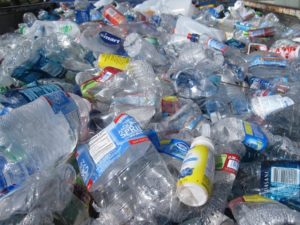
Big brands like L’Oréal, Nestlé, Coca-Cola, Pepsi and Danone have embraced renewable packaging when it comes to their cosmetic, food and beverage products. Mr. Marshall says these big brands will help to drive other retailers into adopting greener practices. Other societal drivers like climate change will also sway companies and consumers to choose sustainable products.
However, Mr. Marshall warns that even big companies have to realize that going green won’t be enough to stay competitive.
“A significant misconception that developers and early-stage companies have is that if I make it, they will buy it, if it’s renewable it’s going to be great and that’s the priority,” he goes on to say. “The reality is, these are large volume commodity materials, and the price point is very important.”
The pharmaceutical industry faces the same challenges when it comes to adopting greener manufacturing strategies. The ability to scale up, drive down costs and produce the same high-quality pharmaceutical agents makes ‘going green’ seem like an uphill battle.
Companies that are Going Green
Just like many other industries, there are some big players who have begun to embrace and succeed with incorporating synthetic biology into their manufacturing pipeline. Below are some of the organizations featured by bio.org. (except Cargill technically)
Cargill, Inc.
Cargill, one of the largest privately held corporations in the world, has a substantial R&D portfolio covering the food, pharma, agriculture and transportation industries. In 2015, Cargill acquired OPX Biotechnologies and all of its proprietary fermentation-based processes and systems.
Cargill researchers worked with the US Department of Agriculture (USDA) to interrogate hundreds of bacterial species to identify a strain that could produce an enzyme that digests sugars slowly. Their efforts resulted in the development of Xtend Surcromalt, a sweetener that ranks low on the glycemic index and keeps blood sugar low, making it an ideal alternative to table sugar for people with diabetes. This product was granted a US patent in 2013.
Merck and Codexis
In 2010, the US Environmental Protection Agency (EPA) awarded the annual Presidential Green Chemistry Challenge Award to biopharma company Merck and protein engineering leader Codexis, for the development of a novel manufacturing process for Merck’s diabetes drug, Januvia (sitagliptin).
Prior to the joint effort, manufacturing sitagliptin required a complex hydrogenation process that used expensive and highly specialized equipment that involved metal catalysts and produced many wasteful byproducts.
Codexis designed a new enzyme that replaced the hydrogenation process, while improving the yield and efficiency of the synthesis. The EPA reported that the new process resulted in a 56 percent improvement in productivity with the same equipment and a 10-13 percent increase in yield.
Two years later, Codexis and Merck entered a supply agreement where Codexis would license and supply the enzyme designed from the company’s proprietary CodeEvolver protein engineering technology. The two groups continue to partner on novel protein engineering, topping it off with a recent multi-year agreement to upgrade CodeEvolver, which is now licensed to Merck.
GlaxoSmithKline
GlaxoSmithKline (GSK), manufacturer of anti-allergy nasal spray Flonase and smoking cessation product Nicorette, prides itself in its environmental stewardship. The company employs strategies such as continuous manufacturing to save time, energy and resources devoted to traditional big-batch manufacturing. As well, the company has committed to use responsibly sourced raw materials such as palm oil and paper in creating consumer products or packaging materials.
Incidentally, GSK also signed a licensing agreement with Codexis to use its CodeEvolver platform one year before Merck. As well, the pharma giant has collaborated with Nottingham University (England) and Sao Paulo Research Foundation in Brazil to research and develop more safe and clean chemical processes.
According to the GSK webpage, the company intends to reduce their environmental impact by one quarter by 2030.
A Call to Action
While these companies are doing their part to protect the environment, not all companies are as transparent about their efforts. According to a report by Safer Pharma, an advocacy group spun out of Health Care Without Harm (HCWH) Europe, five big pharma companies were surveyed to understand how each one addresses the environmental impact of pharma manufacturing.
Despite the small sample size, Safer Pharma concluded that there is an overall lack of industry accountability when it comes to harming the environment from drug manufacturing. As well, none of the companies surveyed provide public information about their external suppliers and the details of site-specific environmental incidents.
Of all stakeholders, pharma regulatory bodies appear to be lagging behind in enforcing environmentally-conscious policies. Previous efforts by the European Commission and European Federation of Pharmaceutical Industries and Associations (ERAPharm) temporarily shed light on the problem, but critics were quick to spot holes in their plans. With regards to ERAPharm’s four-year endeavor to track the environmental impact of three drugs, too much responsibility was placed on the patient to properly dispose of pharmaceutical drugs, said a pharmaceuticals policy officer.
In light of new fears spawning from antimicrobial resistance, the European Medicines Agency (EMA) released an updated guideline on environmental risk assessment of pharmaceuticals. The new guide is four times the length of the original document released 20 years ago.
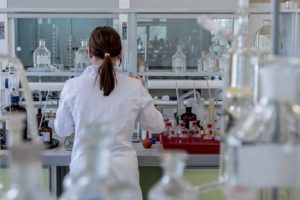
However, adopting greener technologies will take time, resources and money. Synthetic biology approaches in particular, may require lengthy R&D, validation and optimization, and might also face additional regulatory hurdles before they touch the supply chain.
The pharma industry could always turn to their petrochemical cousin to see how those companies are integrating synthetic biology into their plants. According to Mr. Marshall, companies can start by slowly integrating green processes into their routine.
“I think what’s important is we continue to support these early-stage companies and we enable them to get plugged into the existing chemistry value chain so they can start to commercialize where the economics and their value proposition allows them,” he said.

Bioindustrial Innovation Canada is a not-for-profit business accelerator that supports commercialization of early-stage companies in the clean, green and sustainable chemistry space.

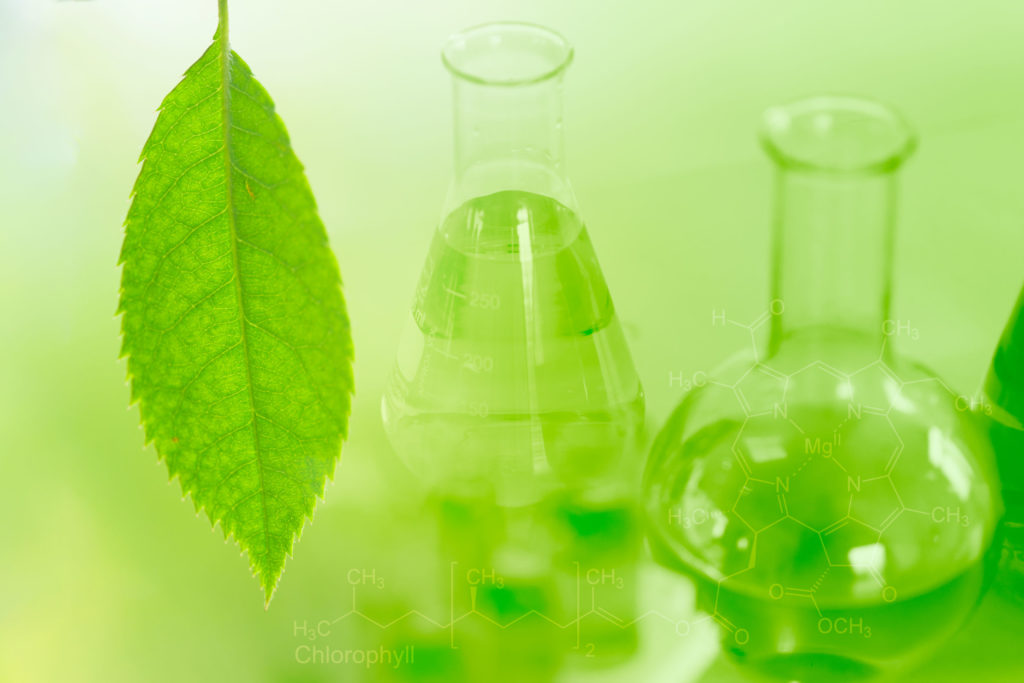
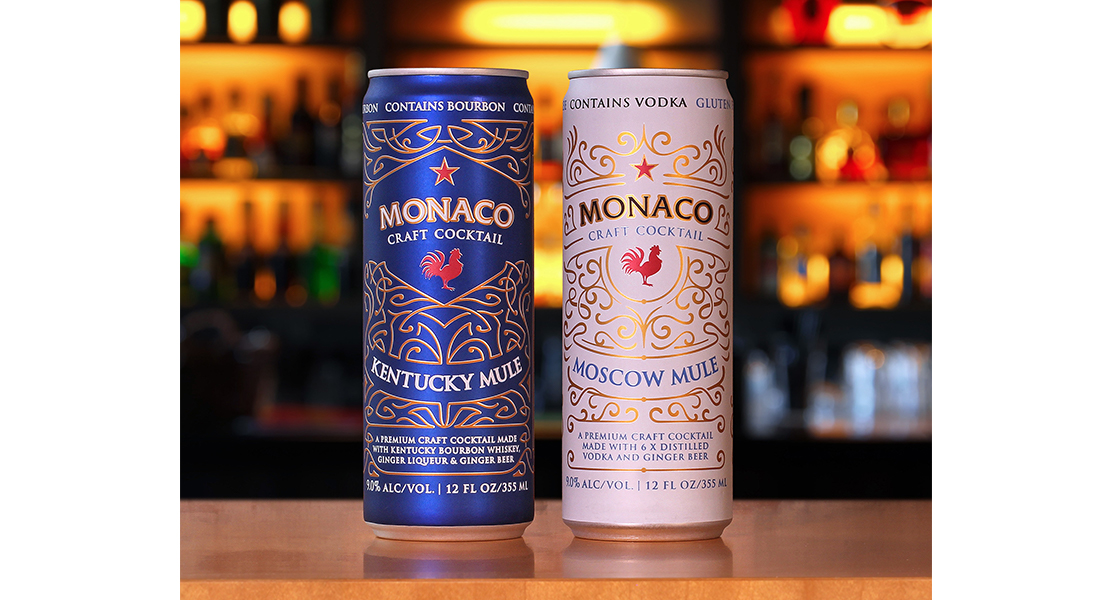


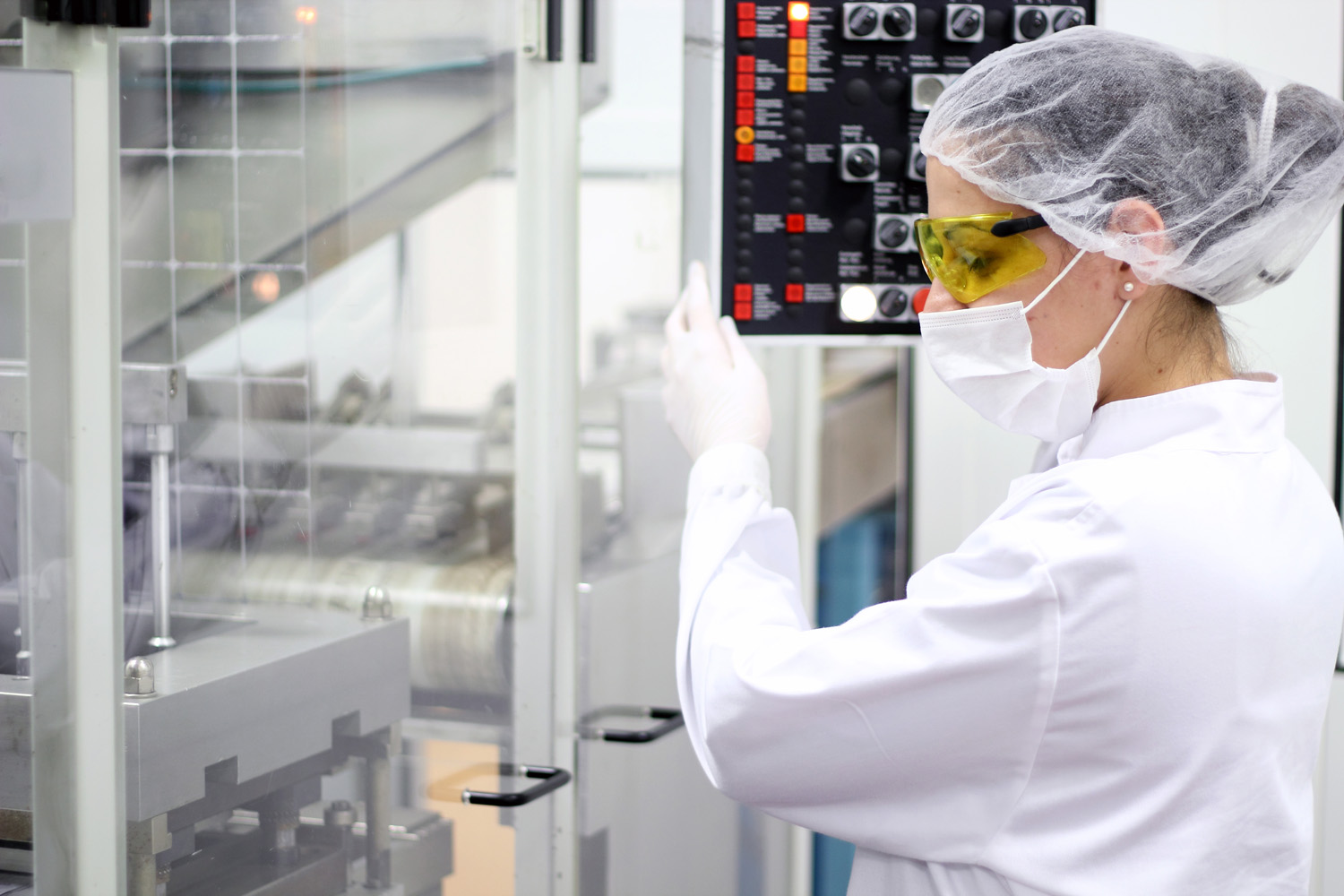






Join or login to leave a comment
JOIN LOGIN